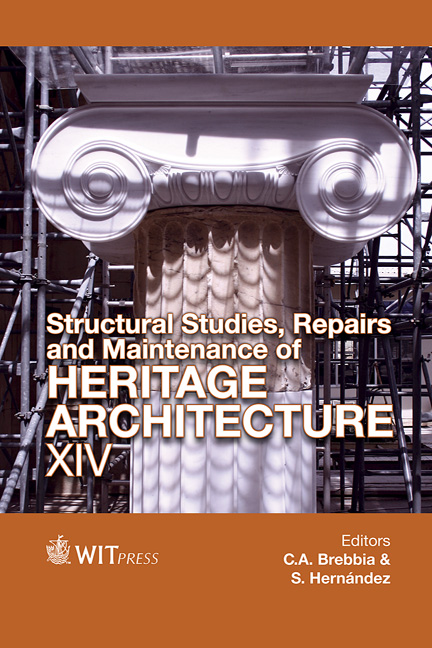The Design Of The Modern Urban Environment Of Rovereto, Italy: The Valorisation Of Modern Architecture
Price
Free (open access)
Transaction
Volume
153
Pages
10
Page Range
507 - 516
Published
2015
Size
1,665 kb
Paper DOI
10.2495/STR150421
Copyright
WIT Press
Author(s)
G. Cacciaguerra, M. P. Gatti
Abstract
Modern society is increasingly demanding sustainability from its towns and cities, urban landscapes and building complexes. Developments now have to respect the environment, guarantee efficient and comfortable living conditions and adopt the best strategies, technologies and materials the market has to offer.
Many groups of buildings from the past have these characteristics and their validity necessitates careful preservation and valorisation.
After a period of apparent indifference, valorisation has also begun for early 20th century architecture, considered formally, functionally and technologically sustainable. Its continued ability to satisfy all needs has prevented it from being altered, while maintenance on the other hand has been constant, preventing the onset of functional and physical obsolescence.
In particular, modern architecture from the early 1900s in general demonstrates that buildings correctly satisfying urban, architectural and technological parameters do not need specific preservation and valorisation policies. They are preserved thanks to their quality and the simple passage of time is enough to ensure their valorisation, transforming them into “designer architecture”, even when created by anonymous architects. An analysis was therefore carried out of buildings constructed between 1904 and 1915 by an unknown civic engineer, Ettore Gilberti, in the small provincial city of Rovereto, part of the Austro- Hungarian Empire.
Ettore Gilberti was responsible for defining housing with innovative layout and technology, adopting planning and economic criteria still widely applicable to construct new parts of the city even today.
Keywords
smart city, conservation, valorisation, modern architecture




